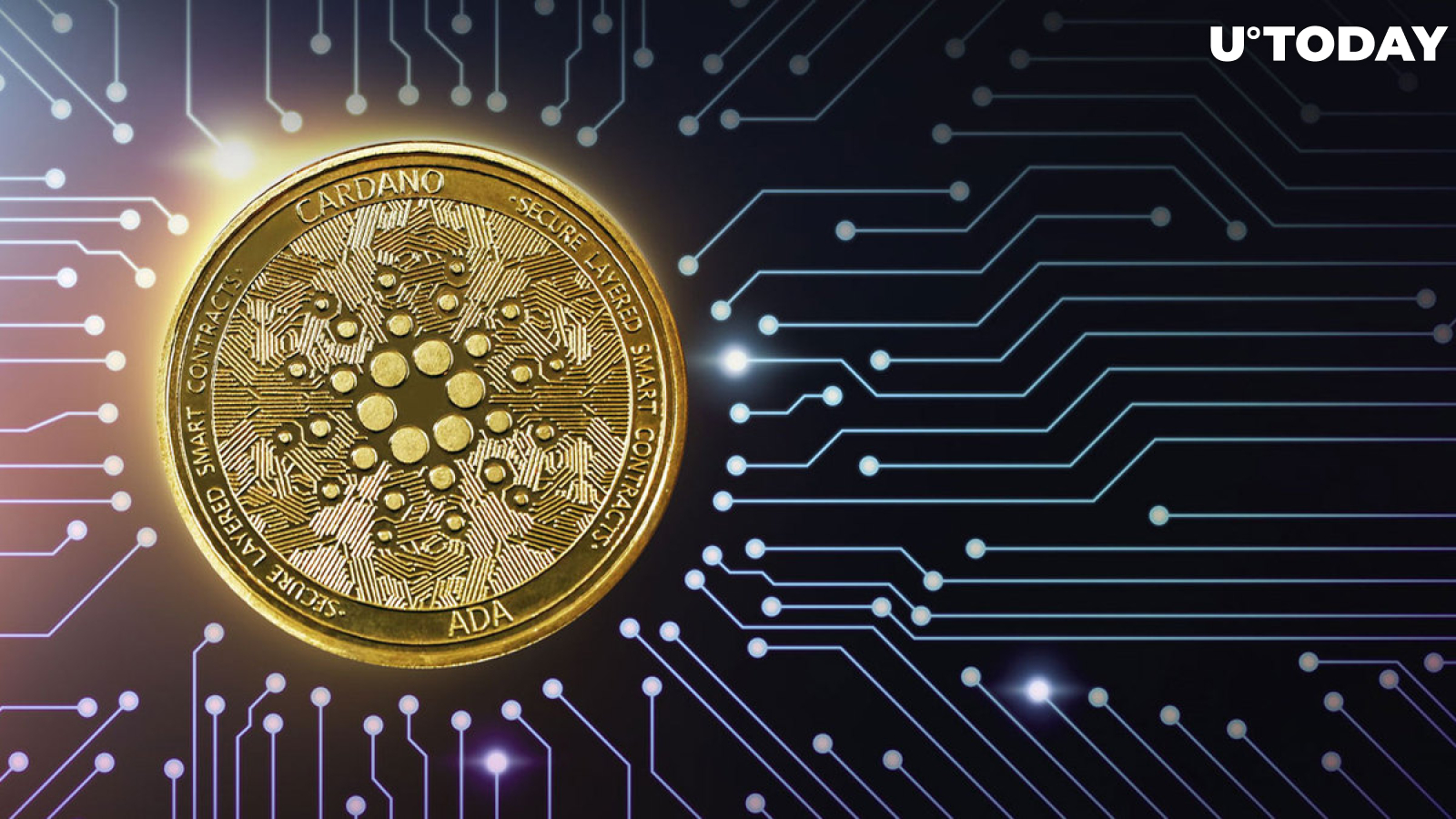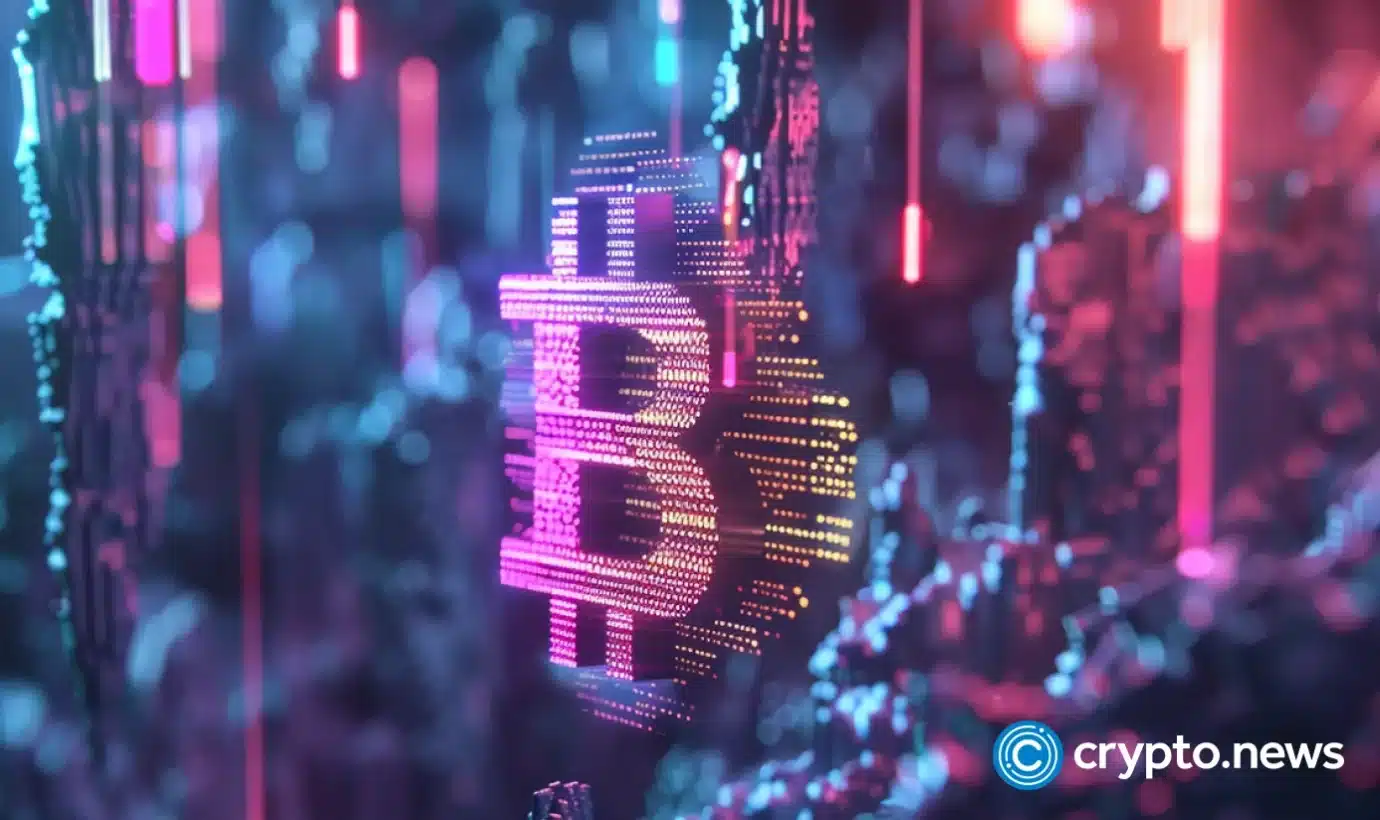Coinspeaker
Here Are 3 Major Recent Cardano (ADA) Upgrades to Know
Cardano (ADA), one of the leading blockchain projects known for its focus on sustainability, security, and scalability, has recently undergone several significant upgrades. As per its weekly community updates, these developments highlight Cardano’s commitment to innovation and its pursuit of becoming a robust platform for decentralized applications (dApps) and smart contracts.
Cardano (ADA) Upgrades Offers Unique Features
The Mithril and Hydra team collaborated on enhancing scalability through the latest upgrade. This upgrade involved compressing transactions using sub-Merkle trees based on transaction block ranges. The team also worked on scaling the signature and proof generation for the mainnet. Meanwhile, the team discovered the source of a problem causing improper memory release while signing large transactions, and they proceeded to develop a solution for it.
Secondly, the team developed a prototype for decentralized signer registration using a relay and Peer-to-Peer (P2P) network. Noteworthy, the ledger team has worked on updates to PlutusV3 to allow for CostModel specification. This is needed for guardrail scripts during the Conway era. Cardano has made strides in enhancing the governance and sustainability model.
Lastly, Voltaire implementation, Cardano’s governance system, enables ADA holders to participate in the decision-making process regarding protocol upgrades and treasury funding. As such, the Catalyst team has physically launched the 12th round of funding, led by the community, and the worldwide Catalyst working group effort.
However, the successful implementation of these upgrades positions Cardano as a formidable contender in the competitive cryptocurrency landscape, offering unique features that differentiate it from other blockchain projects.
Cardano’s Blockchain Technology Targets Global Industries
Cardano went from obscurity to extreme popularity during the 2021 bull run when the native ADA coin saw a 1000% rise in value over a few weeks. Everyone knows Cardano due to the massively popular and valuable token, however, it is much more than that. Built by Charles Hoskinson, one of the co-founders of Ethereum (ETH), Cardano (ADA) was designed on the principles of security, sustainability, and interoperability.
Since its launch in 2017, the blockchain has been following a 5 phase development plan, with each phase named after famous mathematicians, making its academic-centric approach much clearer. Notably, the blockchain has completed 4 out of 5 phases with the Voltaire phase set to begin this year, after which the network will be completely governed by the community and the constitution they draft.
Several industries have benefitted from Cardano’s blockchain. Cardano’s robust smart contracts and ample data storage capacity provide an efficient supply chain tracking solution, enhancement, visibility, transparency, and accountability. Also, smart contracts on Cardano allow transparency in crowdfunding, with companies only receiving their funds when they meet the conditions set by the backers.
Furthermore, Cardano’s smart contracts facilitate smoother international transactions, improving financial efficiency and liquidity without the complexities of multiple banks and wire transfer fees. It also simplifies the mortgage process, automating agreements and creating a seamless experience for buyers and owners.





